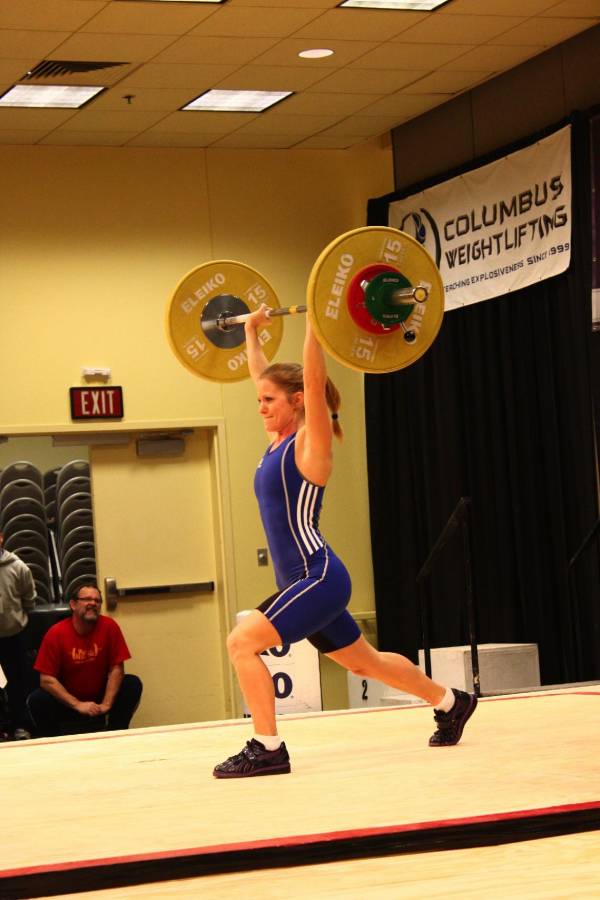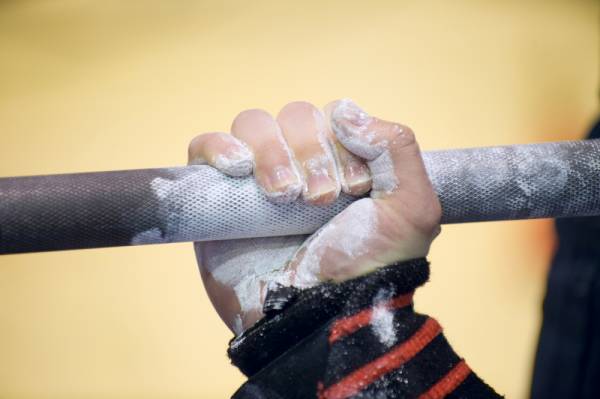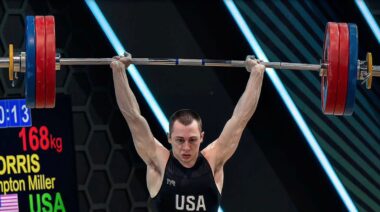Last week I wrote an article that can be summed up like this: work harder if you want to achieve your goals. It seems simple enough, but because of our overemphasis on phrases like “work smart, not hard,” we can mistakenly believe that hard work and smart work can’t go together. I received some negative responses to that article that were in this vein.
The “work smart, not hard” mentality has become so pervasive in our culture that we have fallen into a trap of believing hard work is not compatible with smart work. You have to choose. They are opposites. Either you work smart and see success OR you work hard like a mindless monkey and kill yourself in the process.
That’s nuts! If you want to reach your goals, and if your goals are big enough to scare you, then you have no choice but to work smart AND hard.
A Quickie Intro to Intensity Zone Training
The body is a highly complex organism, and driving the types of adaptation we are looking for requires that you take a comprehensive approach. You already know your muscles are made up of (in a basic sense) three main muscle fiber types: slow, fast, faster. Training all of them is important.
But there is more to training for weightlifting than the training of your muscles. You also have to worry about things like your central nervous system (CNS), your technique, and your ability to maintain proper technique with heavy weights. Just to name some of the big ones.
Thankfully, as complicated as all of that sounds, we can tackle them all quite well by using a model of training that is sometimes referred to as “Intensity Zone Training.” At it’s most basic, you intentionally do work at all of the major areas of intensity (or “hardness”): heavy weights, medium weights, and light weights.
What I’m going to show you is *my own adaptation* of something that is rather standard in sports science:
- Zone I: 90% of your one rep max (1RM) or higher.
- Zone II: between 70% and 89% of your 1RM
- Zone III: between 50% and 69% of your 1RM
- Zone IV: below 50% of your 1RM
Different coaches and scientist use different percentages, names, etc. But that isn’t the point. The point is you can split up the work you do into different zones that each address different aspects of your training.
Zone I is the most sport specific in weightlifting, and training in this zone is highly important. However, it is also taxing on both the CNS and the muscles and joints, so you can’t spend as much time here as you can in other zones.
Zone II is where most of your serious strength work is going to take place. Sets of three to five reps make a lot of sense here.
Zone III is where much of your baseline technical work will be done, speed training, and even endurance work. (What kind of work is being done is highly dependent on your rep ranges, rest intervals, and other factors.)
Zone IV is not used all that often outside of warm ups, and early beginner technical learning. That said, there are times when work with an empty bar will do you a lot of good.
Based upon this information, we can devise a snatch workout that will make you stronger, faster, less injury prone, and more technical all at the same time. And it will allow us to increase your total workload – thereby increasing your rate of progress – without being stupid about it.
Your Compound Interest Snatch Workout
What I’m about to show you isn’t the whole workout, it’s just the base for your “work smart and hard” snatch workout:
- 1RM in Zone I
- Hvy 3 in Zone II
- 2×5 in Zone III
 Definitions:
Definitions:
When I say “1RM,” or one rep max, I do NOT mean the heaviest lift you ever made. I don’t even mean the heaviest lift you can make that day. I DO mean the heaviest lift you can make with GREAT form. If the form breaks down, but you still make the lift, that is what I’d call an “ugly make.” It’s a make, but it was ugly, and you will pay for it. Literally, that’s the whole point of this workout, as you’re going to see.
The term “Hvy 3” means “heavy 3 reps,”but not maximum. You ramp up from 70%, but you don’t go to the point of missing your third rep. These should look very good.
Adding Interest
Let’s jump into the fun part!
When going for your 1RM, you won’t always make a lift look pretty. Sometimes you will miss reps. Don’t fret. That’s okay. On a bad day, you will miss your first attempt in Zone I and decide that is enough. Other days you will be chasing a PR attempt, and make a number of misses. Both of these days are part of the process. What matters is how we adjust what we do with your Zone II work based upon what happened during your work in Zone I, and how we adjust your Zone III work based on what happened in Zone II.
Your Compound Interest Rules:
- For every miss or ugly make in Zone I, you owe me one extra set of three reps in Zone II.
- For every miss or ugly make in Zone II, you owe me one extra set of five reps in Zone III.
A seemingly odd thing about this kind of workout protocol is that on days where you are “on” and your lifts at the top end (i.e., in Zone I) look the best, you will end up doing less (rather than more) total work for the day in terms of reps. But you will likely have gone higher up in weight on your 1RM. This is part of the ebb and flow I’m looking for.
An Example Snatch Workout
Nothing beats an example when you’re trying to make something clear. Here’s a hypothetical example of a workout for a relatively new female lifter who snatches 100 pounds. (I know – it’s extremely rare that I write weights down in pounds!) Also, note I am not writing down warm up reps, but obviously some of those are playing a role in your adaptation process.
Zone I
- 90 x 1
- 92 x 1
- 94 x ugly make
- 94 x 1
- 96 x miss
Done. Made three solid reps in Zone I, and owes me two triples in Zone II.
Zone II
Start by dropping down to 70%, and then work up in sets of three reps until you hit your Hvy 3. THEN do your additional sets starting back at 70% again. (I have lifters who start closer to their Hvy 3, because of experience, etc., but I want you to get the extra volume in if you can help it.)
- 70 x 3
- 75 x 3
- 77 x 3
- 80 x 2 + one ugly make
- 70 x 3
- 70 x 3
Done. She made some great lifts, but her last rep at 80 was ugly. She owes me one extra set of 5 reps in Zone III.
Zone III
- 50 x 5
- 55 x 5
- 50 x 5
Your last sets in Zone III shouldn’t feel brutally heavy. Instead they should be *brutally perfect*! Go for the best technique, speed, and awesomeness that you can muster.
 Extras
Extras
If you are missing more than two or three times in Zone I, you are finished. Don’t allow more than two ugly makes at most in any Zone. Avoid misses like the plague. But, don’t freak out if they happen, simply adjust the workout. If you are having a really bad day, then drop the extra sets. Don’t be fanatic or dogmatic about it.
Your goal with the compound interest sets is to fix what caused you to miss in the first place, NOT to kill yourself.
I want you to work harder, and this workout has FAR more reps and sets than most people would ever assume is necessary. And yet that total number of reps is quite in line with what the best lifters are doing, and how they became the best lifters in the first place.
That said, I also want you to work smarter, and having a program that adjusts by design (similar to how a coach would adjust you if you had one) can go a long way toward increasing your rate of progress. Work smart. Work hard. Have fun. Nothing magical about it.






